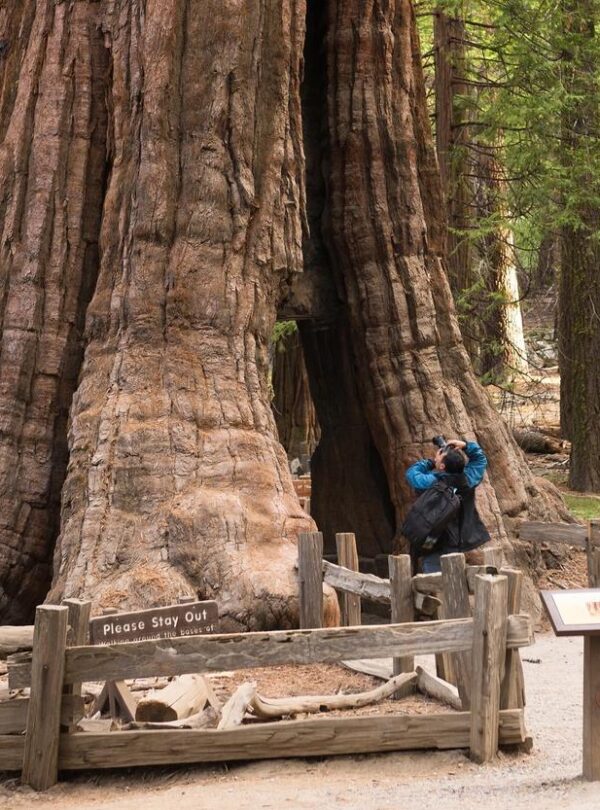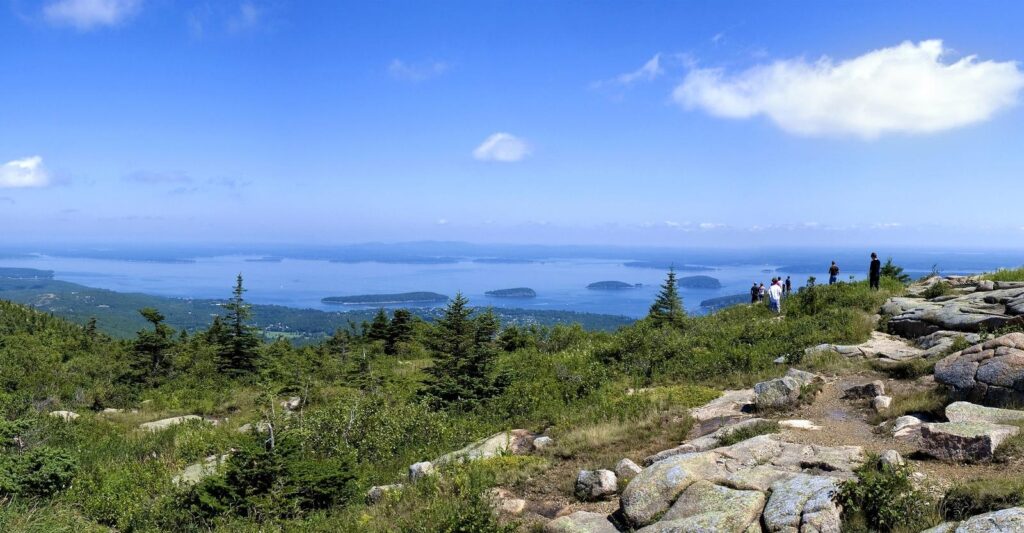Overview
Yosemite’s granite cathedrals, roaring waterfalls and ancient sequoia groves inspired early conservationists to protect its wonders for all time. In 1864, President Abraham Lincoln signed the Yosemite Land Grant, the first national act to conserve an American landscape for public enjoyment. In 1901, the Sierra Club’s first outing was a hike from Yosemite Valley to Tuolumne Meadows. The club was integral in lobbying for the protection of these grand landscapes in a national park. Experience Yosemit![]() e’s enduring marvels as we retrace that early journey and more, viewing the edifice of Half Dome and the 3,000-foot wall of El Capitan, flower-strewn alpine heights, and the silver ribbon of the Merced River, inspiring so many painters. In the Mariposa Grove, stand among the largest trees on Earth, and discover hidden spots most visitors miss.
e’s enduring marvels as we retrace that early journey and more, viewing the edifice of Half Dome and the 3,000-foot wall of El Capitan, flower-strewn alpine heights, and the silver ribbon of the Merced River, inspiring so many painters. In the Mariposa Grove, stand among the largest trees on Earth, and discover hidden spots most visitors miss.
Trip Highlights
- A Richer Encounter with Yosemite In our small group, with flexibility to rise early, linger later and tap our naturalist guides' local knowledge, you'll have a more meaningful experience
- Stay in Coveted Park Lodgings It can be next to impossible to get Yosemite's most in-demand hotels, like The Ahwahnee, on your own—count on us to get you inside the park!
- Sunrise Canoeing in the Eastern Sierra Few tours cross Tioga Pass, but we also stay on the east side of the Sierra to watch the sunrise over Mono Lake, followed by a morning canoe paddle
Itinerary
Please fill out the form below to request a quote for rates.
Included
- Accommodations, services of Nat Hab's professional Expedition Leader(s) and local staff, transportation in Nat Hab's North American Safari Trucks and other vehicles, all meals from dinner on Day 1 through breakfast on final day, some gratuities, airport transfers on Day 1 and final day, all activities and entrance fees, all taxes, permits and service fees.
Not Included
- Travel to and from the start and end point of your trip, alcoholic beverages, some gratuities, passport and visa fees (if any), optional activities, items of a personal nature (phone calls, laundry and internet, etc.), airline baggage fees, airport and departure taxes (if any), optional travel protection and medical evacuation insurance.
Map























